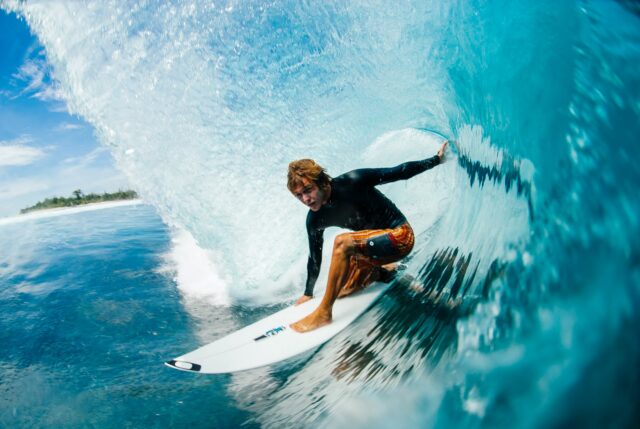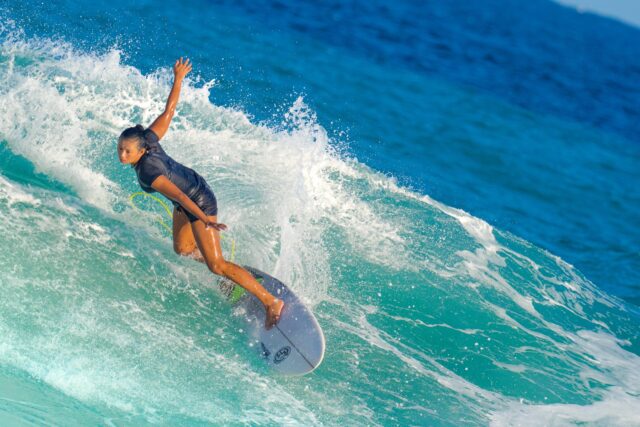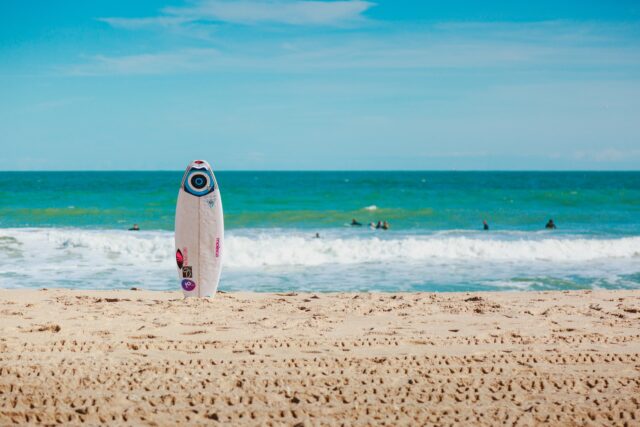
Before you head out into the water, one of the first things a beginner surfer needs to get is a surfboard. Without it, you just cannot surf. If you are passionate about surfing, owning your very own surfboard is like a dream come true.
Among the many surfing essentials, your surfboard is the most crucial gear that will enable you to catch your dream wave. There are many different types of surfboards that are suitable for different surfers and waves. Choosing the right one will ensure that you catch waves on the right note without being overwhelmed by the power of the waves.
For you to get the right surfboard, there are several factors you must consider before choosing a surfboard. Read on to know more.
1. Surfing Ability

For you to have a good surfing experience, you must know what kind of surfer you are or what level you are. It doesn’t matter whether you are a beginner or a professional surfer, choosing the wrong board will only make your struggle while you’re on the water. As a newbie, you are still learning and exploring the different waves to surf. So make sure that you choose a board that is long and wide as they provide maximum safety and stability.
Most beginners practice surfing on small waves or beach breaks, so knowing your surfing ability will help you find the right surfboard that works best for you. As you learn and grow, you can move up to a more advanced surfing board. Choose a surf school or program such as Ombe, as their programme focuses on improving your surfing experience.
2. Hardboard or Soft board
When choosing a surfboard, you must pay close attention to your ability. The material your board is made of will enable you to balance yourself properly while catching your wave. The two common types of boards are fiberglass and soft boards. If you are a beginner, you must choose a soft board over a hard board.
The reason is simple: the thicker your board, the easier it is for you to learn how to surf. Whereas a hardboard has little buoyancy which makes it hard for you to practice surfing. While the design of your board is important, as a beginner you shouldn’t focus on it so much. These designer boards may look cool but it won’t mean anything if you cannot surf a wave.
3. Don’t Break the Bank

As a newbie, you want to have the best board in the market irrespective of your surfing ability. No one ever said that you have to own only one surfboard, so do not hastily purchase your first surfboard. If you have a budget, make sure that the board you choose is based on your height, weight, ability, size of the wave and your fitness level. These are all crucial components that will help you land the perfect surfboard.
Being a newbie, there will be a lot of falling, bumping and even even dragging of your board at times so purchasing an affordable board with maximum quality will do the trick. As you get better and move onto bigger wave breaks, you can switch to advanced surfboards which will give you more control on the water. These boards are known to be quite expensive, so when you reach that point you can focus on other features or custom make according to your need.
4. Size of the Board
The size of your surfboard mainly depends on the type of waves you will surf and your body. There is no one size fits all surfboard so if you are planning to get one for your child, make sure it is suitable for his weight and height. Likewise if searching for an adult, follow the same steps. One of the biggest mistakes people make when choosing a surfboard is to opt for a small one or a short board.
People purchase these boards because they are easy to carry around but they forget the main use of it, surfing. Shortboards make it harder for beginners to learn thus disrupting their surfing experience. Another important factor is the size of the wave, the bigger the boards offer more stability and acceleration on bigger waves. So always start off small, master it and move on to bigger and badder waves!
5. Avoid Second Hand Boards

Getting your very first surfboard is a life changing experience as it allows you to ride the power of the waves. Remember there are several types of boards in the market new and used. Choosing a new board is always a better option as it does not have any kind of damage, crack or holes. Another benefit is that you get to choose the type of board, colour, etc according to your choice.
When it comes to second hand surfboards, without any prior knowledge of surfing, choosing a good quality board can be daunting. You might get the best of bargains but if you do not know what it is and what it does, your purchase can cause more problems for you. However, sometimes you can get additional surfing gear along with your used surfboard such as leash, fins, board cover and so on.
Final Thoughts
Choosing the right surfboard may take some time as you may have to refer to several surf shops. But it is totally worth it as you will spend the week, months or even years surfing. So be wise, and choose the right surfboard according to your budget and need.
Surfing has inspired many different water activities. If you are passionate about paddle boarding, here are 9 beaches that you must visit in the US.







